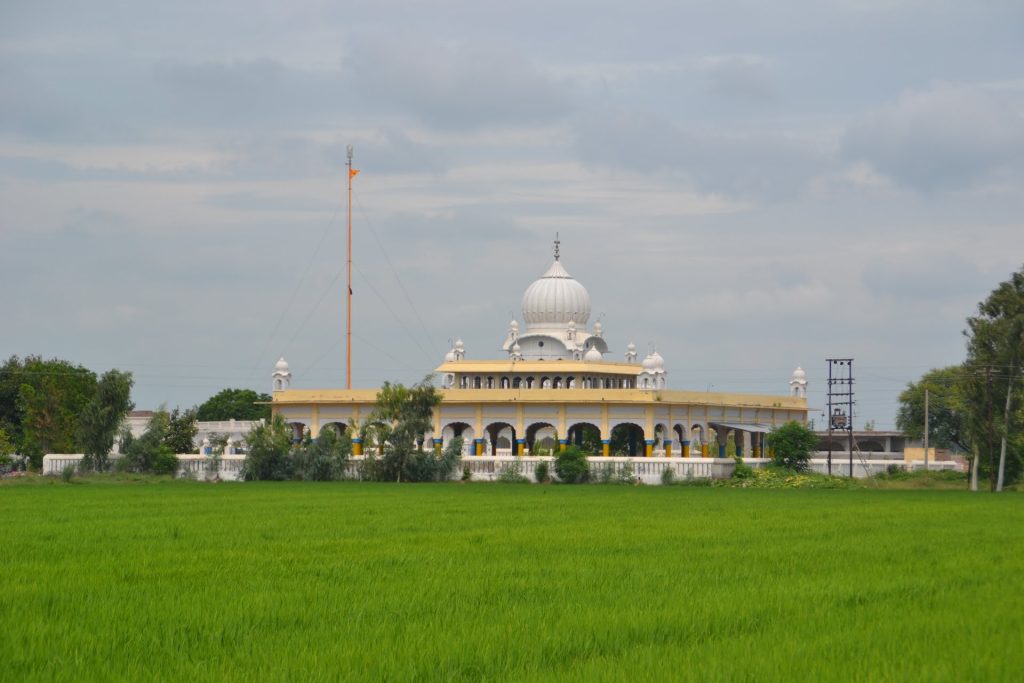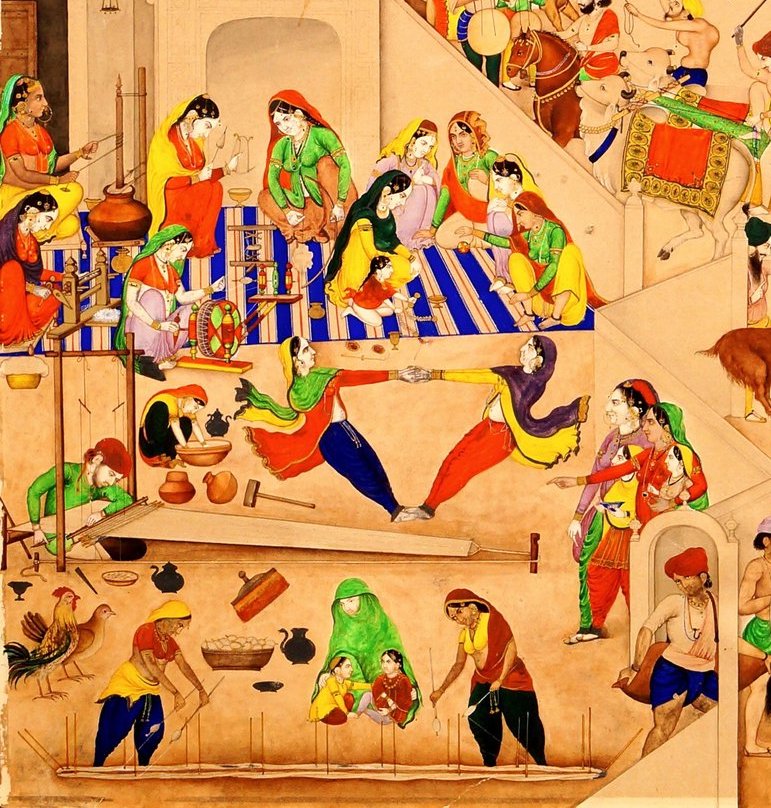Discover Guru Ki Dhab, a historic site with a gurudwara and sarovar, perfect for spiritual gatherings near Jaito. Celebrate with devotees here.
Delve into the extraordinary life of Svami Bishan Das, founder of Gahir Gambhirie, through this rare Braj verse manuscript. Preserved at Khalsa College.
Explore the history and cultural significance of the Pardah system, an ancient practice of female seclusion with roots in Persian, Hindu, and Muslim societies.
Discover how Takht Singh revolutionized women's education among Sikhs with the Sikh Kanya Mahavidayala, inspiring cultural and literary growth.
Discover how Sikhism redefined women's roles, advocating for equality and dignity in a society where women faced subordination.
ALAHNIAN, Guru Nanak\'s composition in measure Vadahans in the Guru Granth Sahib. Alahni, generally used in its plural form alahnian, is a dirge wailingly sung in chorus by women mourning the death of a relation. Etymologically, the word means an utterance in praise (of the departed person). The sorrowful singing of alahnian is part of the mourning custom of siapa. The women assemble at the house of the dead person and cry aloud beating their breasts while standing, or sit together and bewail.
AMAR DAS, GURU (1479-1574), the third of the ten Gurus of the Sikh faith, was born into a Bhalla Khatri family on Baisakh sudi 14, 1536 Bk, corresponding to 5 May 1479, at Basarke, a village in present day Amritsar district of the Punjab. His father\'s name was Tej Bhan and mother\'s Bakht Kaur; the latter has also been called by chroniclers variously as Lachchhami, Bhup Kaur and Rup Kaur. He was married on 11 Magh 1559 Bk to Mansa Devi, daughter of Devi Chand, a Bahil Khatri, of the village of Sankhatra, in Sialkot district, and had four children two sons, Mohri and Mohan, and two daughters. Dani and Bhani. Amar Das had a deeply religious bent of mind.
Discover the role of ALAHUNI mournful songs in Sikh funerals, emphasizing acceptance of Divine Will and the spiritual teachings of Guru Nanak.
Explore the enchanting realm of Apsaras, celestial beings from Indra's heaven, known for their beauty and allure in mythology.
- 1
- 2





